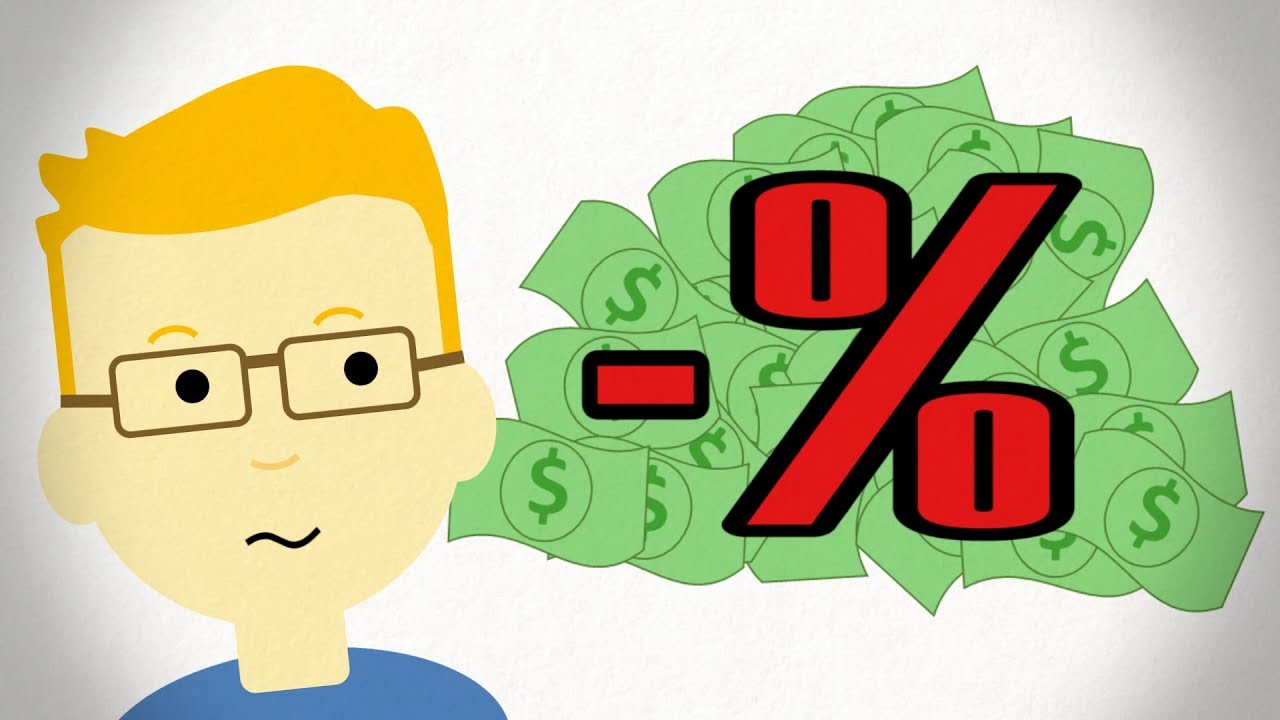Stimulus payments. Forgivable business loans. Federal unemployment benefits.
So many unusual policies and practices have come out in recent months to help stabilize the economy that it seems almost anything could be on the table. Might negative interest rates be next?
Negative rates — where borrowers earn payments from lenders — actually have been around for several years, tried in limited form in Japan and a few European nations, with mixed success in terms of stimulating their economies. They haven’t materialized in a significant way yet in the United States and probably won’t, though President Trump recently posted on Twitter that he likes the idea.
Negative interest rates, in the unlikely event that they become pervasive, would drastically alter the playing field for savers as well as borrowers. Here are some things consumers should know:
What exactly are negative rates?
Everyone is accustomed to paying interest to borrow money and earning interest when depositing money. Negative interest rates would reverse that.
A bank might not actually charge savers a negative rate, but it might levy a “storage fee” that exceeds any positive interest earned, said Dennis Hoffman, an economics professor at Arizona State University.
This scenario would represent a “penalty for holding cash,” he said. By pushing rates ever lower, economic policymakers would be “encouraging you to rid yourself of cash by spending money and hence stimulating economic activity,” he said.
The interest payments on some government bonds in Japan and Europe have slipped to around zero or a bit lower. So did yields on short-term Treasury bills recently as risk-shy investors sought safe places to hold cash during the worst of the economy’s closures in recent weeks. They’re the best example, though a fleeting one, of negative rates in this country. Treasury bills with 30-day maturities have since bounced back to positive interest rates, though they currently yield just 0.1% or so.
Are negative rates becoming widespread?
No. Although negative interest rates have materialized on government debt in certain nations, this remains much more the exception than the rule.
The Federal Reserve has mulled a negative-rate policy since last October but doesn’t want to go in this direction. “The Fed already has signaled an unwillingness to pursue this type of policy and (Fed Chairman) Powell mentioned that the Fed’s thinking hasn’t changed,” noted J.P. Morgan in a late-May commentary.
But while negative rates probably won’t become common, many savers in this country are earning less than zero after factoring in fees and inflation.
With deposit accounts, money-market funds and other ultraconservative investments already paying next to nothing, it doesn’t take many additional fees, or much inflation, for real returns to slip into negative territory, Hoffman said. But as a practical matter, he considers it more realistic to think about negative interest rates as “really low rates.”
So I won’t earn interest by borrowing money?
This is a theoretical possibility, but don’t count on it happening for consumers in the real world. “Nobody’s going to pay you to take out a loan,” said Greg McBride, chief financial analyst at Bankrate.com.
Hoffman agrees and points to mortgage rates in those countries where government bonds went negative. Even in those places, borrowers with mortgages and other consumer loans still are paying positive rates of interest, albeit at low levels, he said.
While interest rates are notoriously difficult to predict, nobody is forecasting negative rates on mainstream consumer loans. For example, the Mortgage Bankers Association expects mortgage interest rates to average 3.4% this year and 3.5% in 2021.
Negative interest rates are much less likely for other types of consumer borrowings, such as credit cards and auto loans. For example, most credit cards currently charge 15% and up and thus are a long way from negative territory.
What credit actions make sense now?
If you need to borrow and have decent credit, it might pay to refinance or otherwise take advantage of today’s ultra-low rates — even if you can’t get a lender to pay you for the privilege.
For example, McBride suggests that homeowners consider a mortgage refinance if they can save at least three-fourths of a percentage point in interest and if they expect to stay in the home long enough for their interest savings to recoup origination fees, appraisals and other refinancing expenses. Typically, that will take a couple years or so.
For savers, today’s ultra-low rate environment makes it more important to shop around for better deals and be wary of fees that can erode returns even further.
Many types of fees, including account-maintenance and overdraft fees and ATM charges, were slowly rising at many banks anyway, even before the coronavirus pandemic hit, McBride said. Conversely, he noted that it’s still possible to obtain fee-free checking accounts at roughly 40% of banks and 80% of credit unions, especially if you sign up for direct deposit.
Economists continue to debate how quickly and with what intensity the recovery will materialize, but most see the economy growing again by early next year at the latest. With an economic rebound, interest rates could start pushing higher, relegating further speculation about negative rates to the background.












